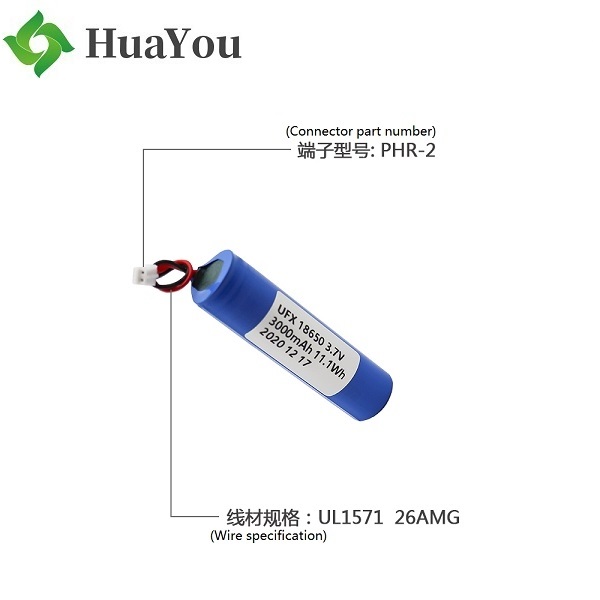Since the lithium-ion battery entered the market, it has been widely used due to its advantages such as long life, large specific capacity and no memory effect. Low-temperature use of lithium-ion batteries has problems such as low capacity, severe attenuation, poor cycle rate performance, obvious lithium evolution, and unbalanced lithium extraction. However, with the continuous expansion of application areas, the restrictions brought by the low-temperature performance of lithium-ion batteries have become more and more obvious.
The discharge capacity of lithium-ion batteries at -20°C is only about 31.5% of that at room temperature. The operating temperature of traditional lithium-ion batteries is between -20 and +55°C. However, in the fields of aerospace, military industry, and electric vehicles, batteries are required to work normally at -40°C. Therefore, improving the low-temperature properties of lithium-ion batteries is of great significance.

Factors restricting the low-temperature performance of lithium-ion batteries
1. In a low temperature environment, the viscosity of the electrolyte increases, or even partially solidifies, resulting in a decrease in the conductivity of the lithium ion battery.
2. The compatibility between the electrolyte and the negative electrode and the separator becomes poor in a low temperature environment.
3. Under low temperature environment, lithium ion battery's negative electrode is severely precipitated lithium, and the precipitated metal lithium reacts with the electrolyte, and the product deposition causes the thickness of the solid electrolyte interface (SEI) to increase.
4. In the low temperature environment, the diffusion system of the lithium ion battery inside the active material decreases, and the charge transfer resistance (Rct) increases significantly.
Discussion on the decisive factors affecting the low-temperature performance of lithium-ion batteries
Opinion 1: The electrolyte has the greatest impact on the low-temperature performance of lithium-ion batteries, and the composition and physical and chemical properties of the electrolyte have an important impact on the low-temperature performance of the battery. The problems faced by the battery cycle at low temperatures are: the viscosity of the electrolyte will increase, the ion conduction speed will slow down, and the electron migration speed of the external circuit will not match, so the battery will be severely polarized and the charge and discharge capacity will drop sharply. Especially when charging at low temperature, lithium ions can easily form lithium dendrites on the surface of the negative electrode, causing battery failure.
Opinion 2: The main factor limiting the low-temperature performance of lithium-ion batteries is the sharply increased Li+ diffusion resistance at low temperatures, not the SEI film.
Therefore, in order to ensure the low temperature performance of lithium-ion batteries, the following points need to be done:
(1) Form a thin and dense SEI film;
(2) Ensure that Li+ has a large diffusion coefficient in the active material;
(3) The electrolyte has high ionic conductivity at low temperatures.



